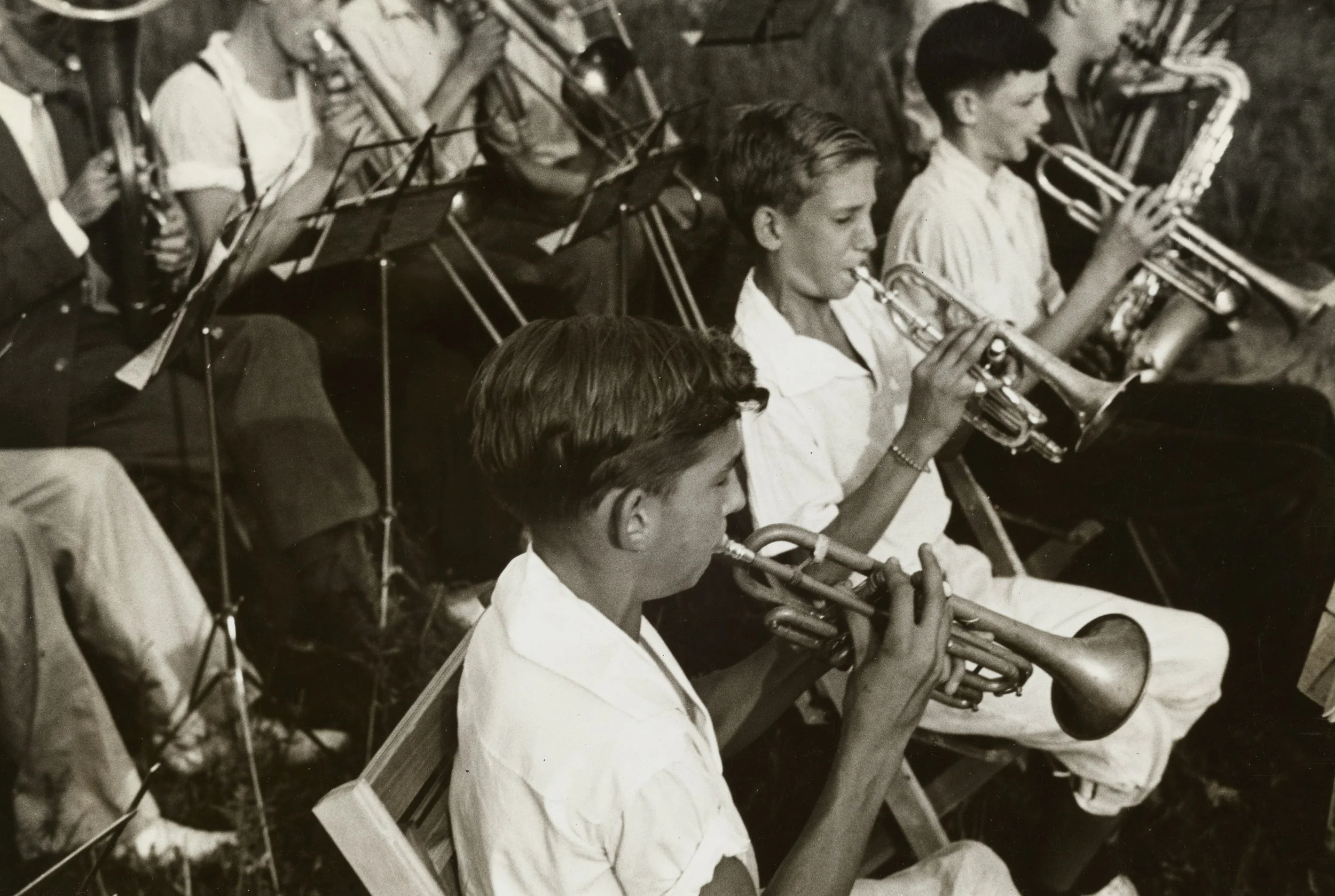How do we engage young guitar students?
What keeps kids engaged in playing for the long term?
I happened upon an interesting article this morning, about how Guitar Center is making an effort to encourage long-term commitment to music. The quote that struck me was, “for every 10 people who start playing guitar, a year later, one person is playing, and nine are not”.
Here’s the article, which is worth a look, and their intentions are commendable. I have my own ideas about why this happens.
First of all, after almost 40 years of teaching, I don’t think one in ten is really such a bad number. At least, if you measure success by the one-year benchmark. Maybe that number was larger 1995, when the guitar and rock music in general were still dominating the mainstream. But looking back, I think the average kid that came in for guitar lessons didn’t last that full year. More to the point as far as Guitar Center is concerned, that kid did not move on to purchase a more expensive and better quality guitar.
The same challenges face the average student today, as far as playing the actual instrument. But I think there have been changes in society that have contributed. Yes, I am going to point a finger at social media, but hear me out.
First off, there was a time when music was seen as an important part of a well-rounded education. Playing an instrument was something most young people did, and maybe still do. Elementary and middle school kids taking up band and orchestra have an advantage here, because even at the early stages, they learn that making music is communal: something people do together.
Guitarists miss out on this, for a few reasons. One, the guitar isn’t part of many of the larger group options an elementary or middle schooler might be presented with. Concert band, choir, and orchestra might add a guitar if there’s a skilled enough student, but for the most part these are groups of like or at least similar instruments: strings, winds, voices. A middle or high school jazz band might have a guitarist, but likely at a more advanced level. There’s really no ensemble option for the early beginner. So the guitar becomes a solitary experience.
Here’s where social media comes in. The average young person sees “guitar covers” on TikTok or Instagram. These are usually flashy and not at all attainable for a beginner. This sets up an expectation about what playing the guitar looks like. Unless a family member or another close adult plays music, these videos and performers on TV are the only guitar playing that kid sees.
I’m old enough to remember the early days of MTV, and how those musicians looked like unattainable gods when I first started to play. I loved music and took to it immediately, but not because I felt like “hey I can do that”. I just loved the experience, the way it felt to play the guitar - not to mention the immediate social cachet that gave a 14-year old in 1981. This motivated me to practice enough that when I had an opportunity to play with a group, I was skilled enough to do it. That first gig was a senior home with a band of kids from my high school, playing mostly show tunes. But it didn’t matter, because the group experience was really what hooked me for life.
Young people learning in a music store cubicle or from the internet aren’t often getting that experience. There are more and more rock band programs springing up, which is a positive trend. But most young guitar students are learning and playing mostly alone.
Add the American Idol factor to this dynamic. Playing music isn’t a competitive sport, or at least, doesn’t have to be. But now generations of young people have been raised on the idea that it is. The reality show narrative doesn’t include solitary practice or communal experience, only the dream and the wish to be discovered. That these gifted individuals deserve attention because they were bestowed with talent, which then needs to be rated to choose those most deserving of attention. So the most attention-getting suck up all the oxygen.
So back to those kids at Guitar Center. I’m glad to see that the company is doubling down on their educational efforts. I know quite a few people who teach at Guitar Center stores and despite the somewhat deserved reputation the company has, they are committed to what they do. The growth of band programs and the School Of Rock model provide opportunities young people once had to create for themselves in the garage. And love or hate her, Taylor Swift is more responsible for guitar sales in this century than any dad-rock icon. Not because she’s a great guitar player, but because she used her guitar to create something that connected with people.
I don’t think the TikTok shredders are connecting with anyone besides other shredders. With all respect to shredders of course, but let’s face it, uber-guitar enthusiasts are a tiny niche.
My whole philosophy as a teacher is that music should be accessible to everyone, not just the gifted or the “serious”. My job is to cultivate the love and show you how to find the joy. In my view this is especially important when working with young beginners. My job is not to weed out the undeserving but to open a path to enjoyable playing, whatever that looks like.
Maybe if we start here, those kids will still be playing a year from now.



